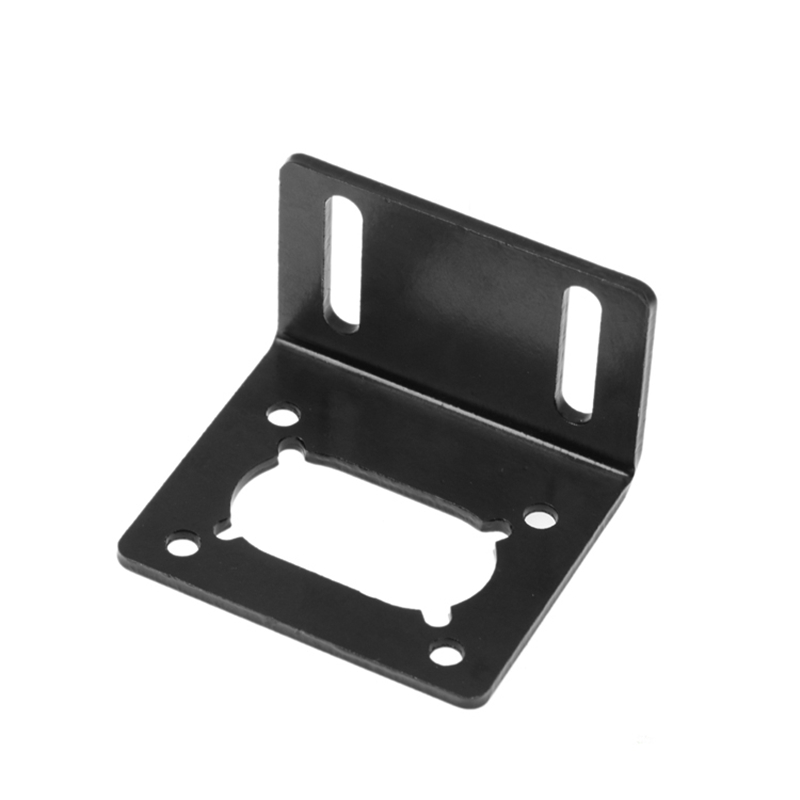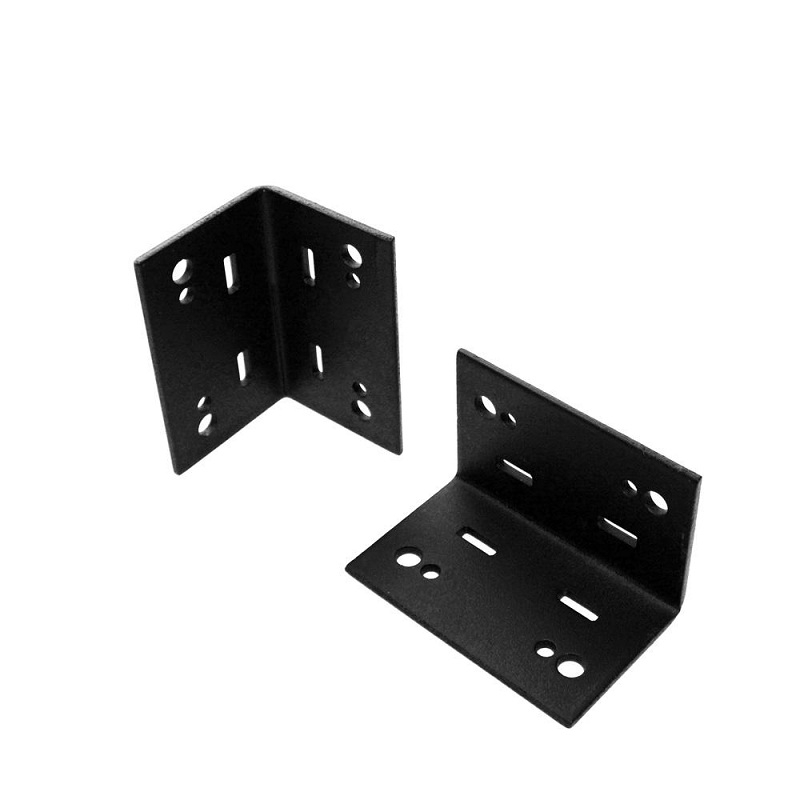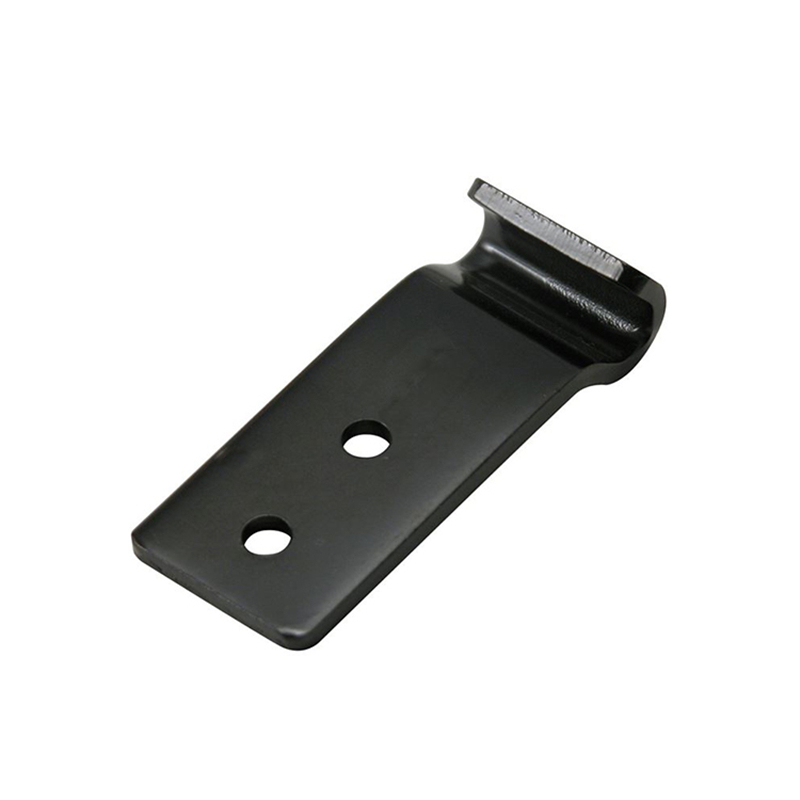Introduction:
The black electrophoretic coating process, also known as black e-coating or black electrocoating, is a widely used method for applying a durable and attractive black finish to various metal surfaces. This article provides an overview of the black electrophoretic coating process, its benefits, and its applications.
1.Black Electrophoretic Coating Process:
The black electrophoretic coating process involves immersing the metal parts into a black electrophoretic coating bath, which contains a mixture of pigments, resins, and conductive additives. A direct current (DC) is then applied between the part being coated and the counter electrode, causing the black coating particles to migrate and deposit onto the surface of the metal part.
2.Benefits of Black Electrophoretic Coating:
2.1 Enhanced Corrosion Resistance: The black electrophoretic coating provides a protective barrier against corrosion, extending the lifespan of the metal part even in harsh environments.
2.2 Aesthetically Pleasing Finish: The black finish achieved through this process is consistent, smooth, and visually appealing, enhancing the overall appearance of the coated parts.
2.3 Excellent Adhesion and Coverage: The electrophoretic coating forms a uniform and consistent layer on complex-shaped parts, ensuring complete coverage and excellent adhesion properties.
2.4 Eco-Friendly and Cost-Effective: The black electrophoretic coating process is environmentally friendly, as it produces little waste and has high transfer efficiency, resulting in cost savings for manufacturers.
3.Applications of Black Electrophoretic Coating:
The black electrophoretic coating process finds wide applications in numerous industries, including:
3.1 Automotive: Black e-coating is commonly used for coating automotive components such as door handles, brackets, interior trim, and various engine parts.
3.2 Electronics: The process is employed to coat electronic enclosures, computer chassis, and other electronic components, providing both protection and an attractive appearance.
3.3 Appliances: Black electrophoretic coating is utilized in the manufacturing of household appliances such as refrigerators, washing machines, and ovens to provide a sleek and durable black finish.
3.4 Furniture: The process is applied to metal furniture parts, including table legs, chair frames, and handles, offering a sophisticated and wear-resistant black coating.
3.5 Architectural: Black electrophoretic coating is used for architectural metal components like window frames, railing systems, and door hardware, combining both aesthetics and functionality.
Conclusion:
The black electrophoretic coating process is a reliable and versatile method for achieving a high-quality black finish on various metal parts. Its excellent corrosion resistance, aesthetic appeal, and wide-ranging applications make it a popular choice in industries such as automotive, electronics, appliances, furniture, and architecture.
Post time: Aug-14-2023



